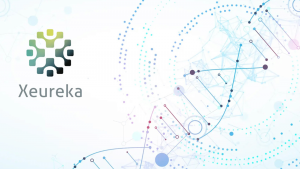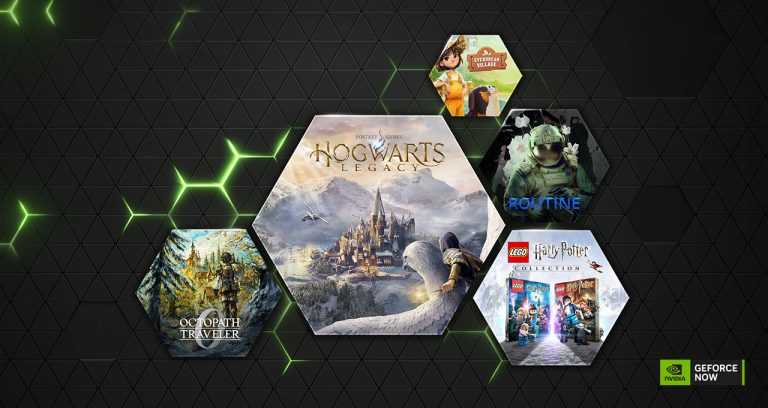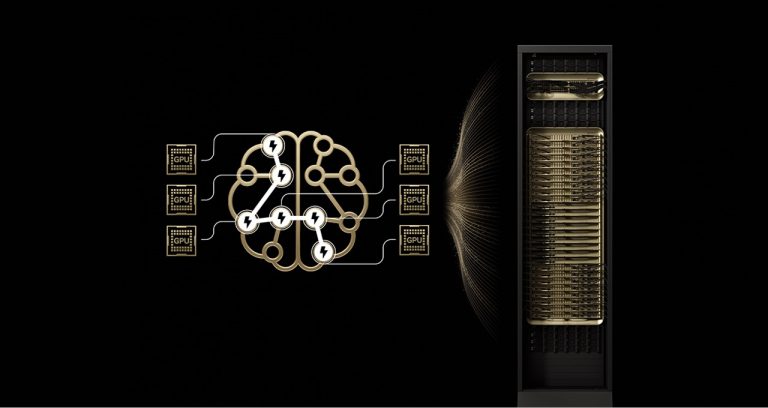To provide high-quality medical care to its population — around 30% of whom are 65 or older — Japan is pursuing sovereign AI initiatives supporting nearly every aspect of healthcare.
AI tools trained on country-specific data and local compute infrastructure are supercharging the abilities of Japan’s clinicians and researchers so they can care for patients, amid an expected shortage of nearly 500,000 healthcare workers by next year.
Breakthrough technology deployments by the country’s healthcare leaders — including in AI-accelerated drug discovery, genomic medicine, healthcare imaging and robotics — are highlighted at the NVIDIA AI Summit Japan, taking place in Tokyo through Nov. 13.
Powered by NVIDIA AI computing platforms like the Tokyo-1 NVIDIA DGX supercomputer, these applications were developed using domain-specific platforms such as NVIDIA BioNeMo for drug discovery, NVIDIA MONAI for medical imaging, NVIDIA Parabricks for genomics and NVIDIA Holoscan for healthcare robotics.
Drug Discovery AI Factories Deepen Understanding, Accuracy and Speed
NVIDIA is supporting Japan’s pharmaceutical market — one of the three largest in the world — with NVIDIA BioNeMo, an end-to-end platform that enables drug discovery researchers to develop and deploy AI models for generating biological intelligence from biomolecular data.
BioNeMo includes a customizable, modular programming framework and NVIDIA NIM microservices for optimized AI inference. New models include AlphaFold2, which predicts the 3D structure of a protein from its amino acid sequence; DiffDock, which predicts the 3D structure of a molecule interacting with a protein; and RFdiffusion, which designs novel protein structures likely to bind with a target molecule.
The platform also features BioNeMo Blueprints, a catalog of customizable reference AI workflows to help developers scale biomolecular AI models to enterprise-grade applications.
The NIM microservice for AlphaFold2 now integrates MMSeqs2-GPU, an evolutionary information retrieval tool that accelerates the traditional AlphaFold2 pipeline by 5x. Led by researchers at Seoul National University, Johannes Gutenberg University Mainz and NVIDIA, this integration enables protein structure prediction in 8 minutes instead of 40 minutes.
At AI Summit Japan, TetraScience, a company that engineers AI-native scientific datasets, announced a collaboration with NVIDIA to industrialize the production of scientific AI use cases to accelerate and improve workflows across the life sciences value chain.
For example, choosing an optimal cell line to produce biologic therapies such as vaccines and monoclonal antibodies is a critical but time-consuming step. TetraScience’s new Lead Clone Assistant uses BioNeMo tools, including the NVIDIA VISTA-2D foundation model for cell segmentation and the Geneformer model for gene expression analysis, to reduce lead clone selection to hours instead of weeks.
Tokyo-based Astellas Pharma uses BioNeMo biomolecular AI models such as ESM-1nv, ESM-2nv and DNABERT to accelerate biologics research. Its AI models are used to generate novel molecular structures, predict how those molecules will bind to target proteins and optimize them to more effectively bind to those target proteins.
Using the BioNeMo framework, Astellas has accelerated chemical molecule generation by more than 30x. The company plans to use BioNeMo NIM microservices to further advance its work.
Japan’s Pharma Companies and Research Institutions Advance Drug Research and Development
Astellas, Daiichi-Sankyo and Ono Pharmaceutical are leading Japanese pharma companies harnessing the Tokyo-1 system, an NVIDIA DGX AI supercomputer built in collaboration with Xeureka, a subsidiary of the Japanese business conglomerate Mitsui & Co, to build AI models for drug discovery. Xeureka is using Tokyo-1 to accelerate AI model development and molecular simulations.
Xeureka is also using NVIDIA H100 Tensor Core GPUs to explore the application of confidential computing to enhance the ability of pharmaceutical companies to collaborate on large AI model training while protecting proprietary datasets.
To further support disease and precision medicine research, genomics researchers across Japan have adopted the NVIDIA Parabricks software suite to accelerate secondary analysis of DNA and RNA data.
Among them is the University of Tokyo Human Genome Center, the main academic institution working on a government-led whole genome project focused on cancer research. The initiative will help researchers identify gene variants unique to Japan’s population and support the development of precision therapeutics.
The genome center is also exploring the use of Giraffe, a tool now available via Parabricks v4.4 that enables researchers to map genome sequences to a pangenome, a reference genome that represents diverse populations.
AI Scanners and Scopes Give Radiologists and Surgeons Real-Time Superpowers
Japan’s healthcare innovators are building AI-augmented systems to support radiologists and surgeons.
Fujifilm has developed an AI application in collaboration with NVIDIA to help surgeons perform surgery more efficiently.
This application uses an AI model developed using NVIDIA DGX systems to convert CT images into 3D simulations to support surgery.
Olympus recently collaborated with NVIDIA and telecommunications company NTT to demonstrate how cloud-connected endoscopes can efficiently run image processing and AI applications in real time. The endoscopes featured NVIDIA Jetson Orin modules for edge computing and connected to a cloud server using the NTT communication platform’s IOWN All-Photonics Network, which introduces photonics-based technology across the network to enable lower power consumption, greater capacity and lower latency.
NVIDIA is also supporting real-time AI-powered robotic systems for radiology and surgery in Japan with Holoscan, a sensor processing platform that streamlines AI model and application development for real-time insights. Holoscan includes a catalog of AI reference workflows for applications including endoscopy and ultrasound analysis.
A neurosurgeon at Showa University, a medical school with multiple campuses across Japan, has adopted Holoscan and the NVIDIA IGX platform for industrial-grade edge AI to develop a surgical microscopy application that takes video footage from surgical scopes and converts it into 3D imagery in real time using AI. With access to 3D reconstructions, surgeons can more easily locate tumors and key structures in the brain to improve the efficiency of procedures.
Japanese surgical AI companies including AI Medical Service (AIM), Anaut, iMed Technologies and Jmees are investigating the use of Holoscan to power applications that provide diagnostic support for endoscopists and surgeons. These applications could detect anatomical structures like organs in real time, with the potential to reduce injury risks, identify conditions such as gastrointestinal cancers and brain hemorrhages, and provide immediate insights to help doctors prepare for and conduct surgeries.
Scaling Healthcare With Digital Health Agents
Older adults have higher rates of chronic conditions and use healthcare services the most — so to keep up with its aging population, Japan-based companies are at the forefront of developing digital health systems to augment patient care.
Fujifilm has launched NURA, a group of health screening centers with AI-augmented medical examinations designed to help doctors test for cancer and chronic diseases with faster examinations and lower radiation doses for CT scans.
Developed using NVIDIA DGX systems, the tool incorporates large language models that create text summaries of medical images. The AI models run on NVIDIA RTX GPUs for inference. Fujifilm is also evaluating the use of MONAI, NeMo and NIM microservices.
To learn more about NVIDIA’s collaborations with Japan’s healthcare ecosystem, watch the NVIDIA AI Summit on-demand session by Kimberly Powell, the company’s vice president of healthcare.











